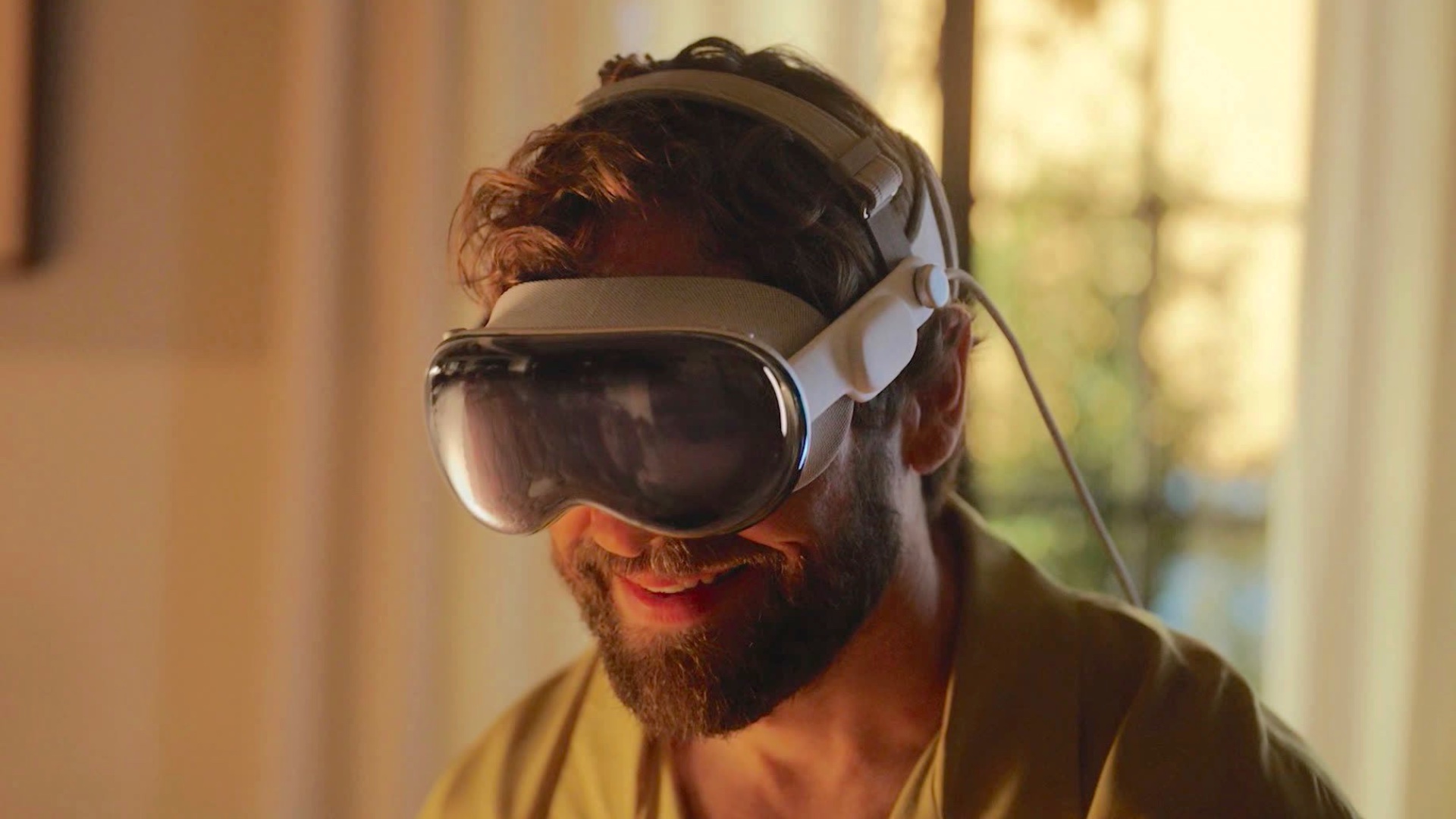Apple's mixed reality headset is generating great enthusiasm among part of the population, especially male technology fans. On the women's side, however, attention seems minimal, if not non-existent. Why does this product seem to segment so much?
To receive it for free, sign up here.
Advertisement
These discussions are, in themselves, interesting. The large digital companies do not only offer us a good time or increased productivity with their products, but also a political model. What future are we promised? Early testing of the Vision Pro describes an isolating and, ultimately, a bit strange experience. “ I still don't know who this product is for.” asks Kevin Roose, journalist from New York Times. I think I know who it is not aimed at: women.

The other reason for my skepticism goes back to the question at the beginning of this editorial. What can the Vision Pro be used for? Internet users are already joking about using it to watch pornographic films in public (note: the offer is limited for the moment) or hope for the imminent arrival of software capable of “undress » virtually women (without going to these extremes, connected glasses already pose many privacy problems). Others film themselves walking down the street, eating at a restaurant or driving a car with headphones on. These are sequences assembled from scratch to create indignation and therefore virality on social networks.
However, I find it hard to imagine that a woman could walk around with her face covered by a Vision Pro, for fun or for real. What if it obstructed my vision enough to put me in danger? What if it draws too much attention to me? We already have enough trouble just by walking outside, without a $3,500 device on my nose. And conversely, I would immediately feel uncomfortable if I came across a man wearing a headset capable of filming me (just as I am already wary of those who have their cell phones in their hands in the metro or in the Street).
10 years ago, the smartphone was “castrating”
It should be noted that Apple did not design its headset for use in public. On the contrary, in its various promotional videos, the brand emphasizes indoor scenarios (and often played by women): watching films, calling someone else by videoconference, teleworking from a bedroom. hotel, etc. But there is the intention of the brand, then there will be the concrete use of its products by its audience. Many people have compared the phenomenon to that of glassholesthe first users (I use the masculine gender on purpose) of Google Glass who also appeared with connected glasses in inappropriate contexts.
A decade later, technology has advanced, and our relationship with it. It is no longer abnormal to see people sharing videos of strangers online, or disrupting public space to film a sequence for YouTube or TikTok. However, I find it relevant to reread the articles that were published at the time. In 2013, Sergey Brin, co-founder of Google, promoted Google Glass by complaining that using your smartphone would be an act “ castrator ».
While searching my archives, I also came across on this text by the English sociologist and researcher Christopher Tillwho wrote this: “Brin is right, there is something masculine about Google Glass, because it is a machine designed to look, and enhance the experience of looking. » We can think of the theory of male gauze developed by Laura Mulvey in the 70s, since criticized by its own authorbut very effective in making it clear that the gaze of heterosexual men is not neutral, and often synonymous with power.
Of course, there are already Vision Pro users, just as women have used Google Glass before. My question relates rather to the philosophy of this device and its anchoring in our gendered society. Do you want a connected headset, or to see the world like a man?
